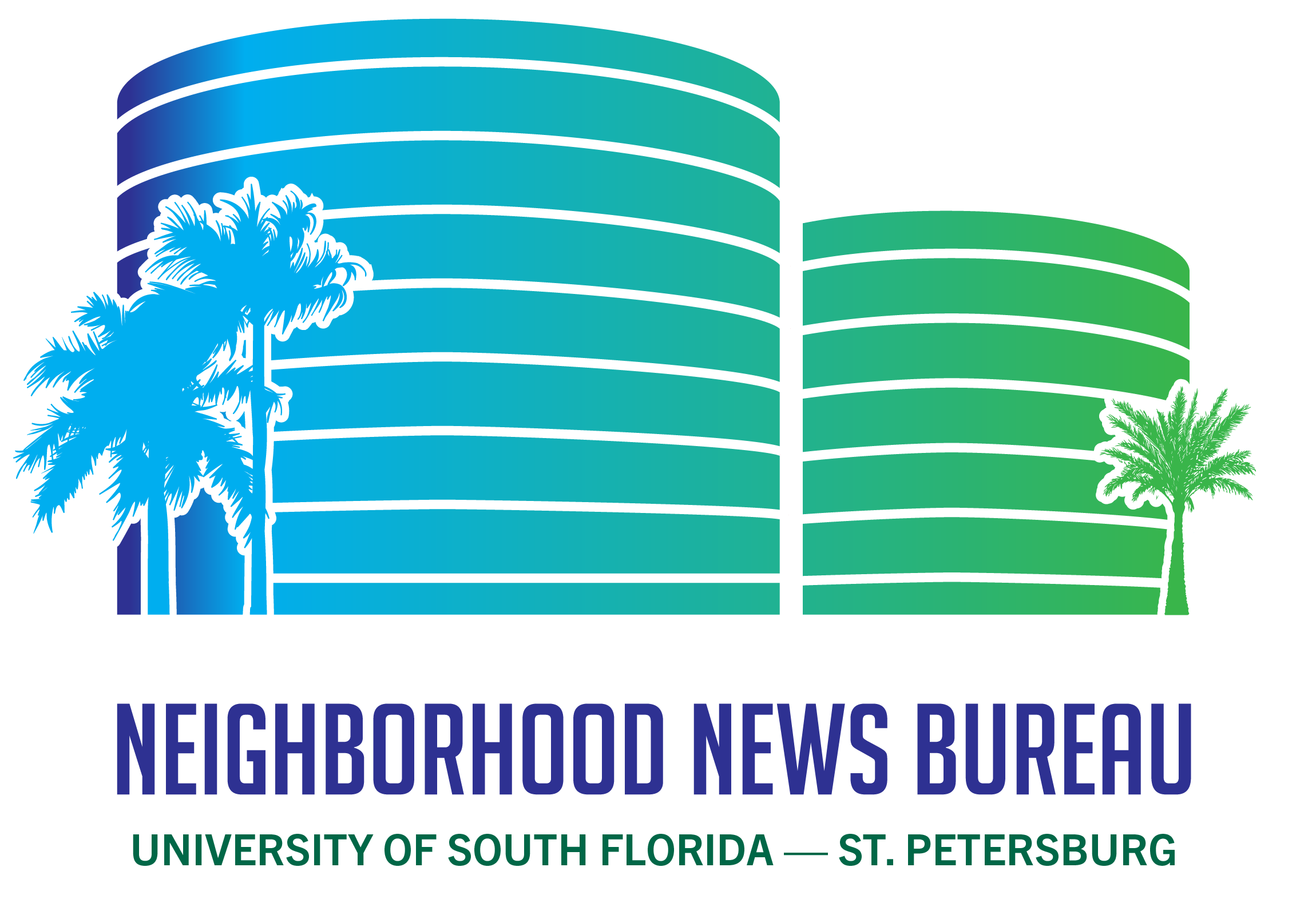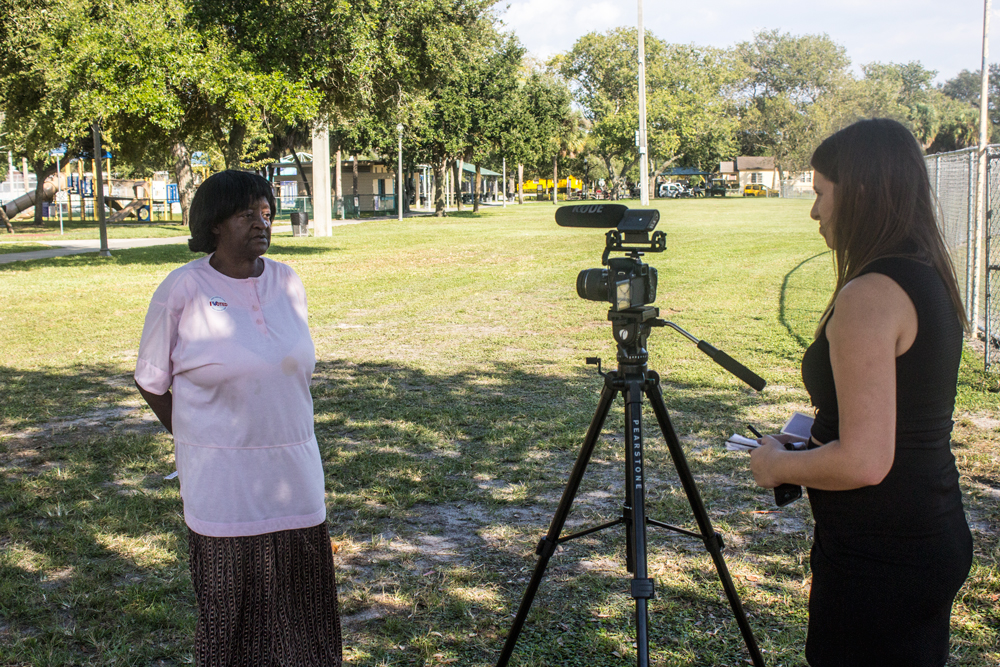It’s 1939. You and your entire family lives in what is essentially a shack with three other families. The roof leaks. There’s cracks in the
Read MoreAuthor: Samantha Pritzlaff
The making of an election coverage: NNB reporters tell the stories behind the story
BY SAMANTHA PRITZLAFF AND CHOYA RANDOLPH NNB Reporters ST. PETERSBURG – The Neighborhood News Bureau (NNB) reporters successfully participated in reporting the 2015 Municipal Election in Midtown,
Read MoreQ&A: Will Newton
Each city council candidate was asked the same questions by NNB reporters. Here are their unedited responses. Why are you running for City Council? “I
Read MoreWhere there’s a Will, there’s a way
BY SAMANTHA PRITZLAFF NNB Reporter Winthrop “Will” Newton is vying for the District 7 City Council seat against Lisa Wheeler-Brown Nov. 3. Newton is currently
Read More

